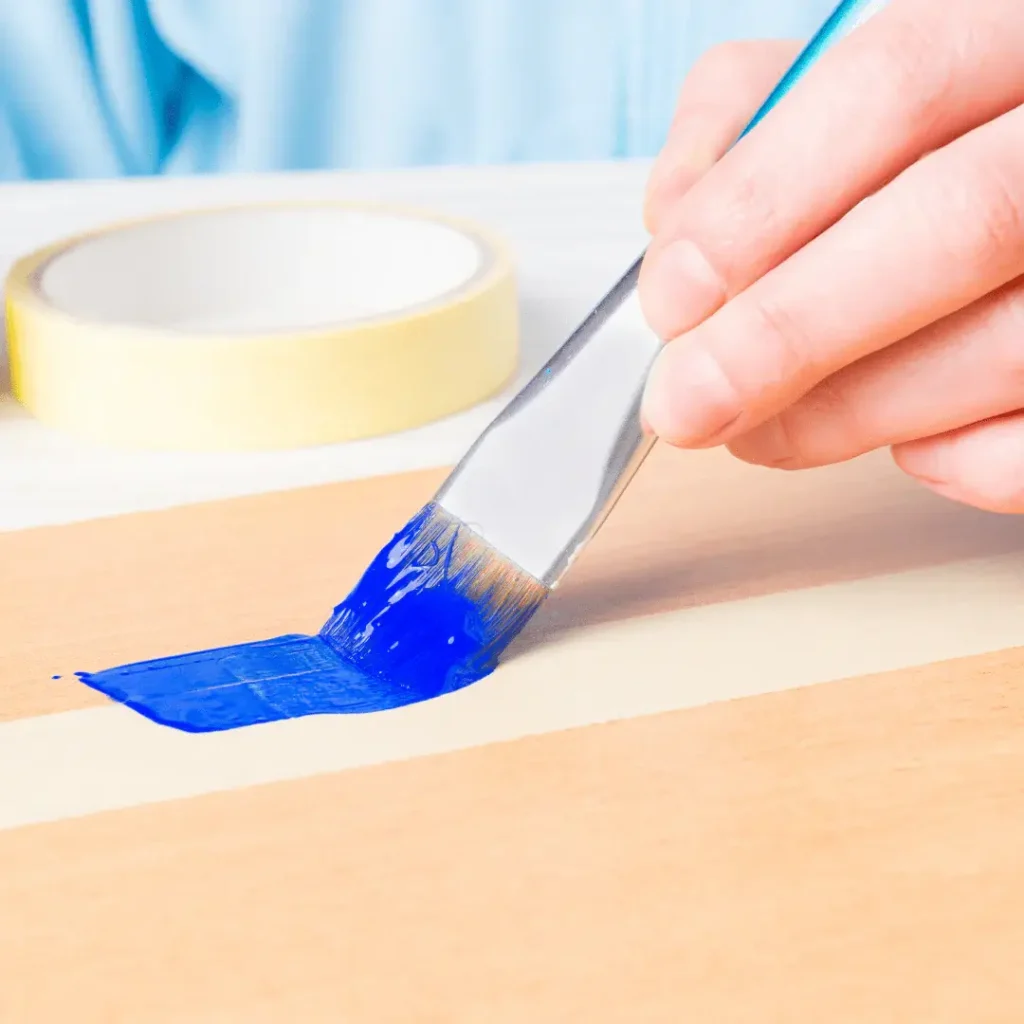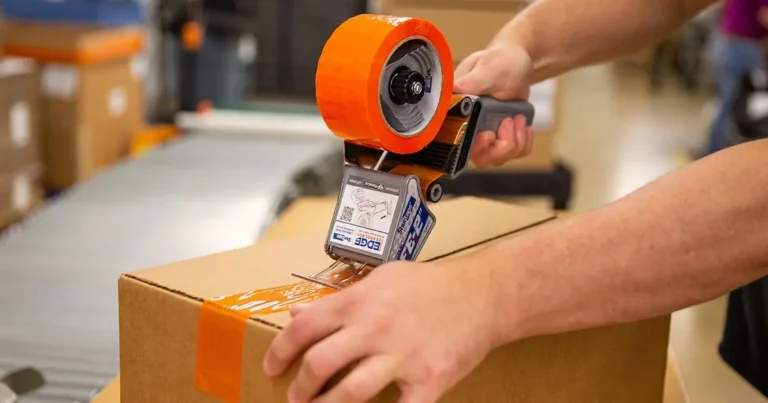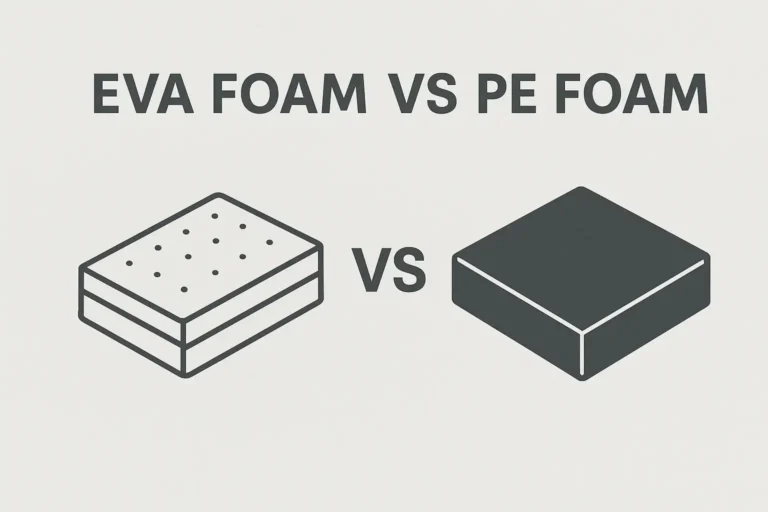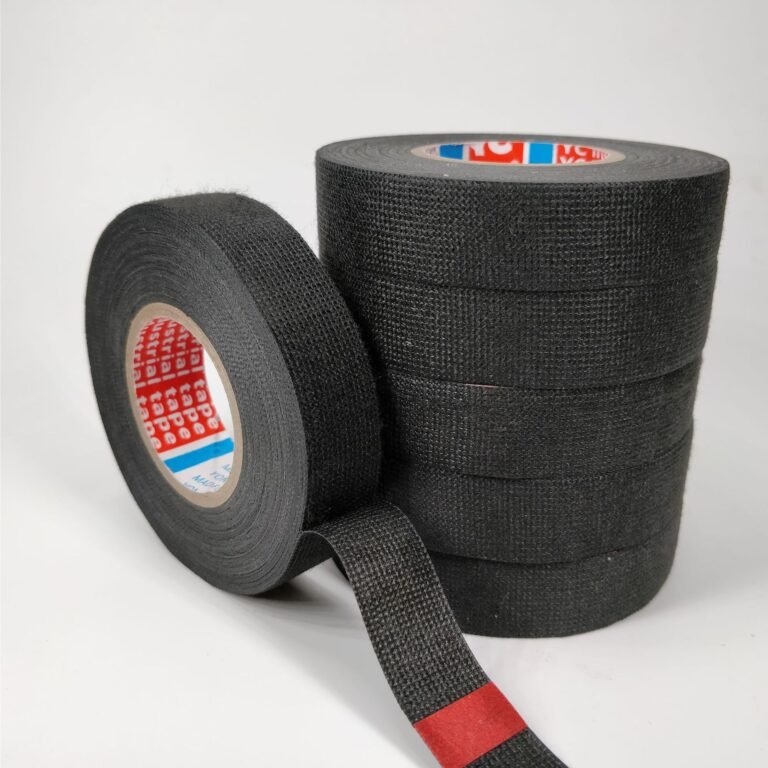Unlock the Secrets of Masking Tape: Your Ultimate Guide
Masking tape is a versatile adhesive product primarily composed of masking paper (often crepe or tissue paper) and pressure-sensitive adhesive (PSA), with a release coating on the back to prevent sticking during storage. Renowned for its precision and reliability, it is widely used in painting, electronics, and industrial applications. Here’s a detailed breakdown of its properties and best practices for use.
Core Components and Key Features
- Base Material:Masking Paper: Provides flexibility and easy tearing. Textured or crepe paper variants offer enhanced conformability to uneven surfaces.
- Adhesive Layer:Pressure-Sensitive Adhesive (PSA): Typically acrylic or rubber-based, designed for strong initial adhesion with clean removal.
- Release Coating:Prevents the tape from sticking to itself on the roll, ensuring smooth dispensing.
Key Characteristics:
- Temperature Resistance: Withstands moderate heat (up to 150°C for high-temperature variants), suitable for baking, powder coating, or soldering.
- Chemical Resistance: Resists most solvents, paints, and plating chemicals during industrial processes.
- Adhesion and Release: Strong enough to stay in place but gentle enough for residue-free removal, even on sensitive surfaces.
- Flexibility: Conforms to curves, edges, and rough textures, making it ideal for intricate masking tasks.
Usage Precautions for Optimal Performance
To ensure effective adhesion and prevent issues like residue or poor release, follow these guidelines:
- Surface Preparation
- Clean and Dry Surfaces: Remove dust, oil, moisture, or contaminants with a lint-free cloth or isopropyl alcohol. Dirty surfaces weaken adhesion and may cause the tape to lift.
- Avoid Porous Materials: On absorbent surfaces (e.g., unfinished wood or concrete), pre-test adhesion as pores can trap air and reduce contact.
- Application Technique
- Apply with Tension: Stretch the tape slightly during application to ensure flat, bubble-free contact. Avoid slack or wrinkles, which can lead to paint bleed or poor adhesion.
- Burnish Edges: Use a finger, squeegee, or tool to press the tape edges firmly onto the surface. This seals the barrier and prevents liquids from seeping underneath.
- Timing and Removal
- Post-Process Promptness: Remove the tape immediately after completing the task (e.g., painting, plating) while the material is still semi-dry. Delayed removal (especially after 24 hours) may cause the adhesive to cure, leading to residue or surface damage.
- Gentle Peeling: Peel the tape slowly at a 45° angle to the surface to minimize stress. For stubborn edges, use a razor blade or tape lifter to avoid tearing the substrate.
- Environmental Considerations
- UV and Temperature Limits: Standard masking tape lacks UV resistance; avoid prolonged sunlight exposure, which can degrade the adhesive and cause yellowing or residue.
- Temperature Range: Use high-temperature masking tape for applications above 80°C. In cold environments (<5°C), store tapes at room temperature before use to maintain flexibility.
- Material Compatibility Testing
- Pilot Test: Always test the tape on a small, inconspicuous area before full-scale use, especially on sensitive surfaces like newly painted walls, polished metal, or plastic. This ensures compatibility and prevents unexpected issues like staining or surface damage.
- Storage and Handling
- Cool, Dry Storage: Store tapes in a shaded, humidity-controlled environment to preserve adhesive quality and prevent drying out.
- Avoid Cross-Contamination: Do not reuse tapes or mix different brands, as incompatible adhesives may react with each other or the substrate.
Common Applications
- Painting & Coating: Creates sharp lines for multi-color paint jobs, spray painting, or wallpaper installation.
- Electronics: Protects PCBs, capacitors, and connectors during soldering, plating, or wave soldering.
- Industrial Manufacturing: Secures components, masks during powder coating, or labels parts for assembly.
- DIY Projects: Ideal for crafting, furniture refinishing, or temporary repairs.
Conclusion
Masking tape’s effectiveness hinges on proper usage and respect for its limitations. By following these precautions—ensuring clean surfaces, applying with care, and removing promptly—users can leverage its precision and reliability across diverse applications. Whether for professional industrial tasks or home renovations, selecting the right masking tape and using it correctly ensures clean, professional results while minimizing waste and rework. Always prioritize quality tapes from reputable manufacturers to guarantee consistent performance and peace of mind.









